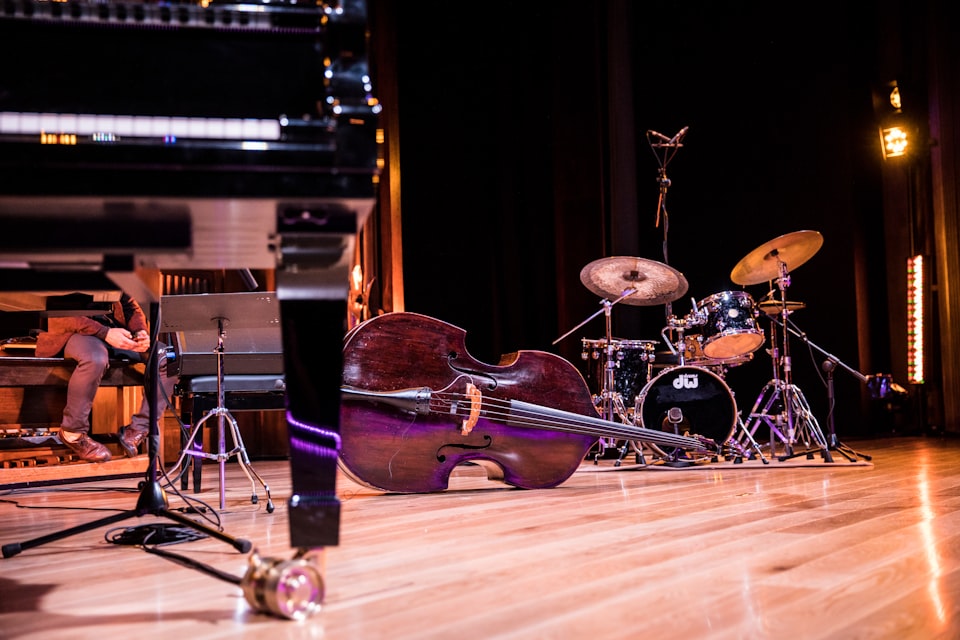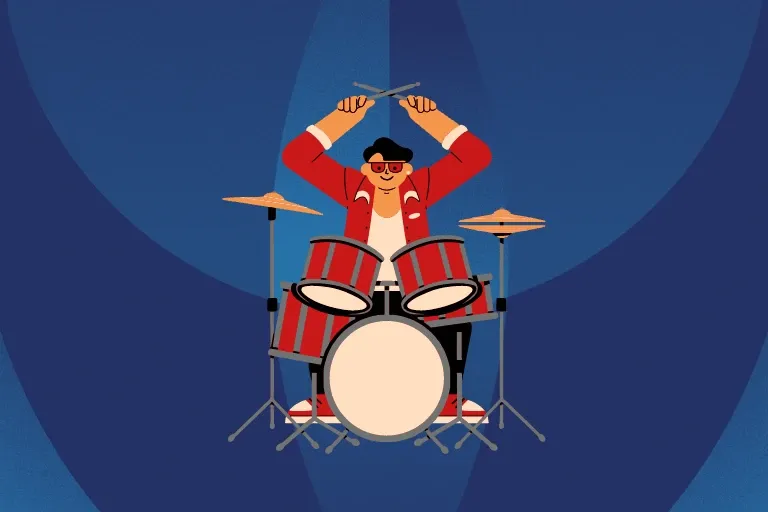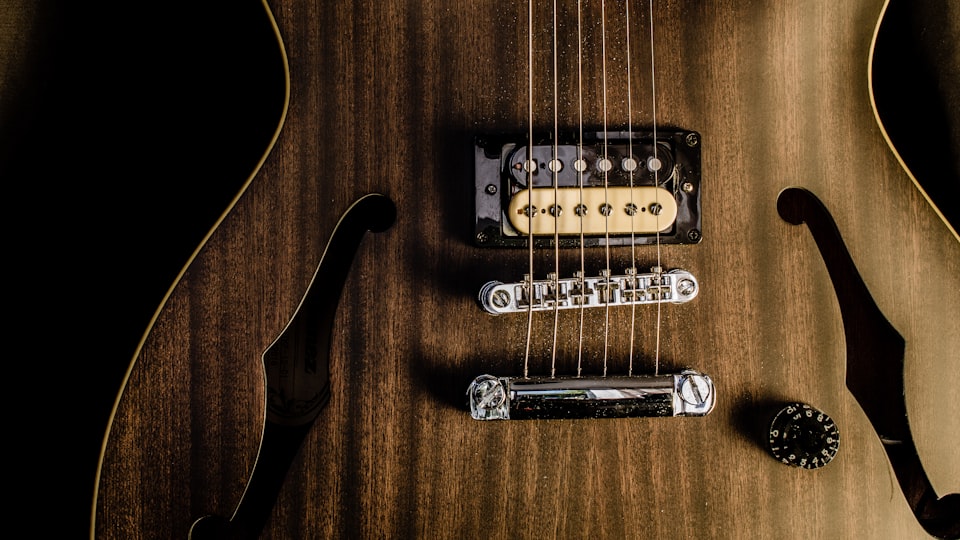As a left-handed musician myself, I know all too well the challenges that come with finding the perfect instrument. That's why I'm excited to share this comprehensive guide to left-handed musical instruments. In this article, we'll explore the unique needs of left-handed players and provide a range of options to help you find your perfect match. But before we dive in, let's take a moment to discuss some of the challenges and benefits of being a left-handed musician.
Left-handed guitars
Left-handed guitars have been a challenge for left-handed musicians since the earliest days of rock and roll. The majority of guitars are made for right-handed players, so lefties often struggle to find the right instrument. While it's true that many lefties simply learn to play right-handed guitars, it's important to note that playing the "wrong" way can negatively affect technique and comfort.

If you're in the market for a left-handed guitar, your options may be limited, but they do exist. Some guitar manufacturers make left-handed versions of their most popular models, and specialty guitar shops may have a selection of left-handed guitars as well. Additionally, some modifications can be made to right-handed guitars to make them more comfortable for left-handed players, such as reversing the strings and flipping the bridge.
Before you make a purchase, it's important to try out different left-handed guitar options and modifications to find the one that best fits your playing style and comfort. It may take some trial and error, but finding the perfect left-handed guitar can make a big difference in your playing.
Don't be afraid to ask music store employees for assistance in finding left-handed options.
A few tips:
- Consider purchasing a right-handed guitar and restringing it for left-handed playing.
- Look for custom guitar makers who specialize in left-handed models.
- Practice with a metronome or drum machine to develop left-handed rhythmic skills.
- Experiment with different playing styles to find what works best for you as a left-handed guitarist.
- Join online communities or seek out other left-handed musicians for support and advice.
Left-handed bass guitars
Left-handed bass guitars are just as important to left-handed musicians as left-handed guitars. The design differences between left and right-handed bass guitars are much more subtle than their guitar counterparts. Bassists often prefer a certain string spacing and neck width, which can make finding a left-handed bass a bit more challenging. But fear not, there are still several options for left-handed bassists to choose from, and modifications can be made to right-handed basses to make them left-handed. Here's a closer look at the world of left-handed bass guitars.
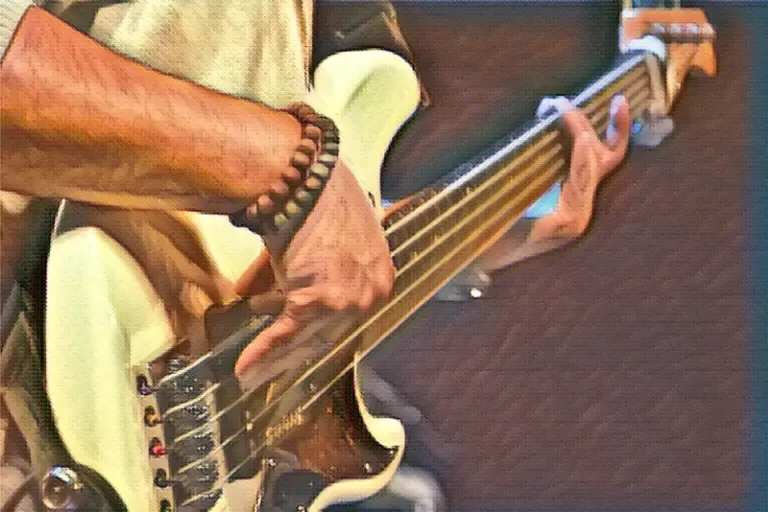
Differences between left-handed and right-handed bass guitars
The differences between left-handed and right-handed bass guitars come down to the orientation of the instrument's design. The top of the guitar, or the side with the strings, is flipped for left-handed players. The bass is strung and set up accordingly, with the thickest string on the top and the thinnest on the bottom.
Overview of left-handed bass guitar options and modifications
There are several left-handed bass guitars available on the market, from beginner models to professional-grade instruments. Some popular brands that offer left-handed basses include Fender, Ibanez, and Schecter. Left-handed bassists can also modify right-handed bass guitars to suit their needs, by switching the strings and adjusting the nut and bridge. With some tweaking, a right-handed bass can be transformed into a fully functional left-handed one.
Left-handed drums
Left-handed drumming can be a challenge, but it's definitely not impossible. The standard drum kit setup assumes that the drummer is right-handed, with the hi-hat and snare drum on the left side and the ride cymbal and floor tom on the right. For left-handed drummers, this means they have to reverse the entire setup, which can be a major obstacle.
Challenges of left-handed drumming
Left-handed drummers have to train their brains to control their limbs differently from the majority of drummers. This can lead to frustration and make learning more difficult. It's important to remember that everyone has a different way of learning and playing, and with practice, left-handed drummers can become just as skilled as right-handed drummers.
Left-Handed Drum Kit Options and Modifications Fortunately, there are left-handed drum kits available on the market, which can save drummers a lot of time and effort in trying to modify a right-handed kit. Additionally, there are many options for modifying a right-handed kit, such as:
- Swapping the position of the hi-hat and ride cymbal
- Setting up a mirrored drum kit
- Moving the drum kit around so that the floor tom is on the left side and the snare drum is on the right
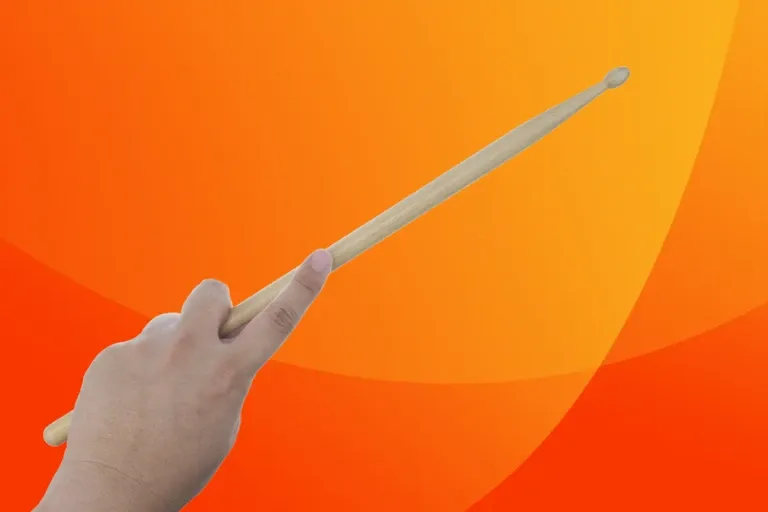
Famous left-handed drummers
Despite the challenges, many successful left-handed drummers have made significant contributions to music. Some of the most notable left-handed drummers include:
- Phil Collins
- Ringo Starr
- Larry Mullen Jr.
- Charlie Watts
- Simon Phillips
- Travis Barker
- Matt Sorum
- Bill Berry
By studying the techniques and styles of these drummers, left-handed drummers can gain inspiration and insight into their craft.
Left-handed keyboards and pianos
Playing keyboards and pianos left-handed can present challenges due to the instrument's layout and design, which favors right-handed players. Left-handed pianists may struggle with hand positioning and finger dexterity, while left-handed keyboardists may find it difficult to access certain notes or functions.
Fortunately, there are left-handed keyboard and piano options and modifications available to accommodate left-handed players. Some manufacturers offer specially designed left-handed models, while others provide reversible keyboards that allow for both left- and right-handed playing.
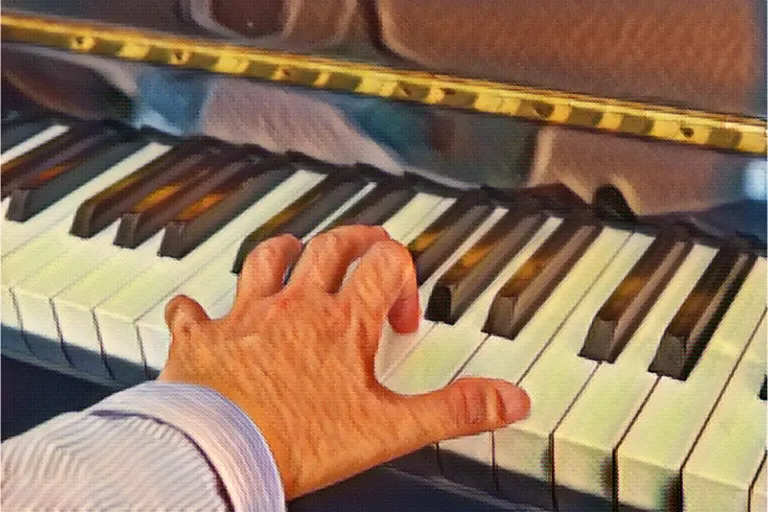
Some tips for left-handed keyboard and piano players include:
- Reversing the keyboard layout so that the low notes are on the right and the high notes are on the left
- Adjusting the height and angle of the keyboard or piano to accommodate the left hand
- Using a specialized left-handed keyboard or piano
- Practicing hand positioning and finger dexterity exercises to improve technique
Notable left-handed keyboard and piano players include Billy Joel, Paul McCartney, and Jimi Hendrix, known to play the piano left-handed occasionally.
Embracing left-handed musical expression
Playing a musical instrument left-handed can be challenging, but with the right equipment and modifications, it's certainly possible to achieve great results. Throughout this guide, we've explored the various options and modifications available to left-handed musicians for guitars, bass guitars, drums, and keyboards/pianos.
In summary, the benefits of being a left-handed musician include a unique perspective on playing and creating music. It's important to find the right instrument and make the most of this unique perspective. With patience and practice, left-handed musicians can achieve great success in their musical endeavors.
So, if you're a left-handed musician, don't be discouraged. There are plenty of options out there, and with a bit of research, you can find the right instrument for you. Keep at it, and remember that your unique perspective is a valuable asset in the world of music.



